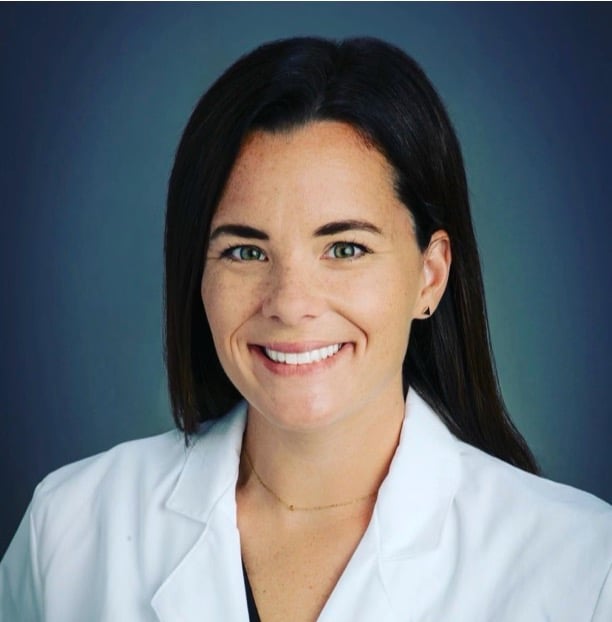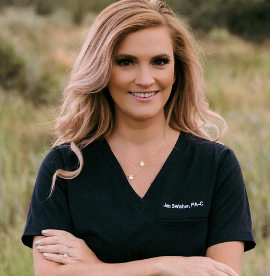Pediatric Dental Health: Navigating Halloween’s Candy Craze
Halloween – a time filled with costumes, fun, and, for kids, a seemingly endless supply of candy. While it’s an exciting season for children, it can be a challenge for nurse practitioners caring for pediatric patients. The increased sugar intake can lead to heightened risks of cavities and tooth decay. As nurse practitioners, it’s important not only to understand the dental concerns associated with Halloween but also to educate families on...
Read more








